Concrete floors and subfloors can be repaired by one of three common methods. All this involves covering the existing concrete slab with a new layer of concrete or a layer similar to concrete and finishing the new layer as desired. These methods can be used on interior and exterior surfaces and are intended only for surface restoration; they are not suitable for repairing major cracks or other structural problems in existing concrete slabs. Repair methods and solutionsThe most common ways to repair a slab are filling the surface or injecting it with epoxy or polyurethane.
Filling and bonding the tile with a high-strength epoxy is a great way to seal the crack. However, it is possible that the slab will break along the weak point, the concrete fractured along the crack itself, where small fine fractures often appear, but they are sometimes difficult to see. If the weak point is not addressed, the lack of reinforcement and movement in the slab causes it to fail. Trowel the next layer of concrete patch compound so that the patch is level with the surface of the slab.
Smooth the patch with the flat side of the palette. It is important to note that many decorative or concrete coating companies will only guarantee a crack once it has been mechanically reinforced with a RHINO carbon fiber concrete crack closure to ensure that it will not compromise the new or repaired finished surface. I am certainly guilty of letting concrete problems persist until a larger and more costly solution is required. You can repair a concrete floor by cleaning and straightening the damaged area, and then filling it with mortar.
A stamped concrete treatment is similar to a microtopping, but it contains more sand and provides a rougher concrete surface finish. In some circumstances, fine repairs may result in accelerated deterioration behind or adjacent to the repair. Concrete floors should be repaired with a surface covering only when the concrete slab contains surface or fine cracks or has aesthetic surface defects. Some contractors repair concrete with more concrete, but this method only fills the crack and does not provide any tensile strength, only the bond strength, which is not strong enough to withstand the typical movement.
Slab repairs are often overlooked, and contractors may even avoid talking about slab cracks due to lack of permanent solutions. Cracking is a problem that occurs in most geographic locations and climates, and in many types of concrete structures. Small repair projects can be carried out with putty cartridge type equipment, and several companies manufacture their products in cartridges for such an application. By employing simple repair techniques combined with the right repair material, contractors can often return surfaces to an acceptable appearance.
Concrete Slabs and CoveringContractors often need to fill and reinforce cracks in slabs because a coating will be applied to the surface, such as that found on a pool deck, garage floors, and commercial floors. Underlayments are installed over an existing concrete subfloor to smooth it and correct any surface irregularities before the installation of other floor coverings, while the coverings act as the actually finished floor without the need for an additional floor covering. Contractors should approach repairing plastic shrinkage cracks and drying shrinkage in the same way. Common problems with concrete slabsIn commercial projects, depending on how concrete slabs were built, cracks may appear due to lack of steel, poor concrete mix, insufficient thickness, settlement, hydrostatic pressure or soil movement.
.
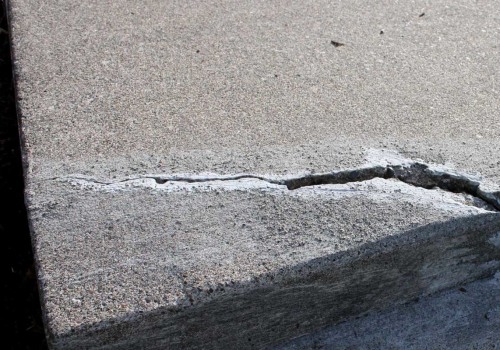
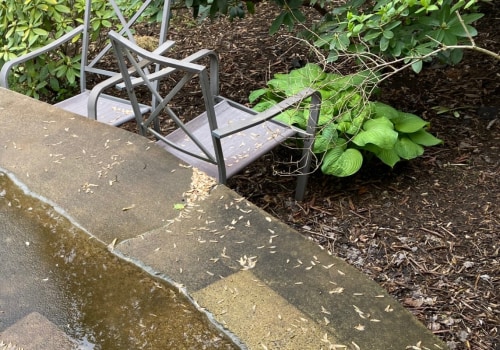
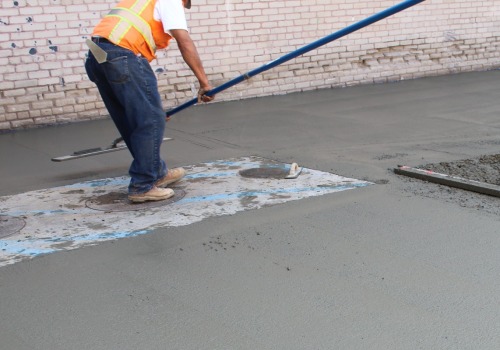
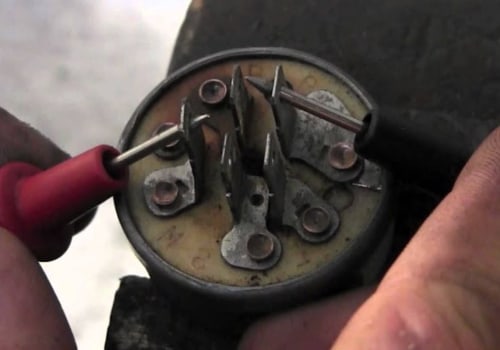
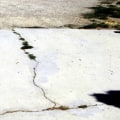
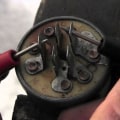
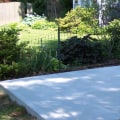
Leave Reply